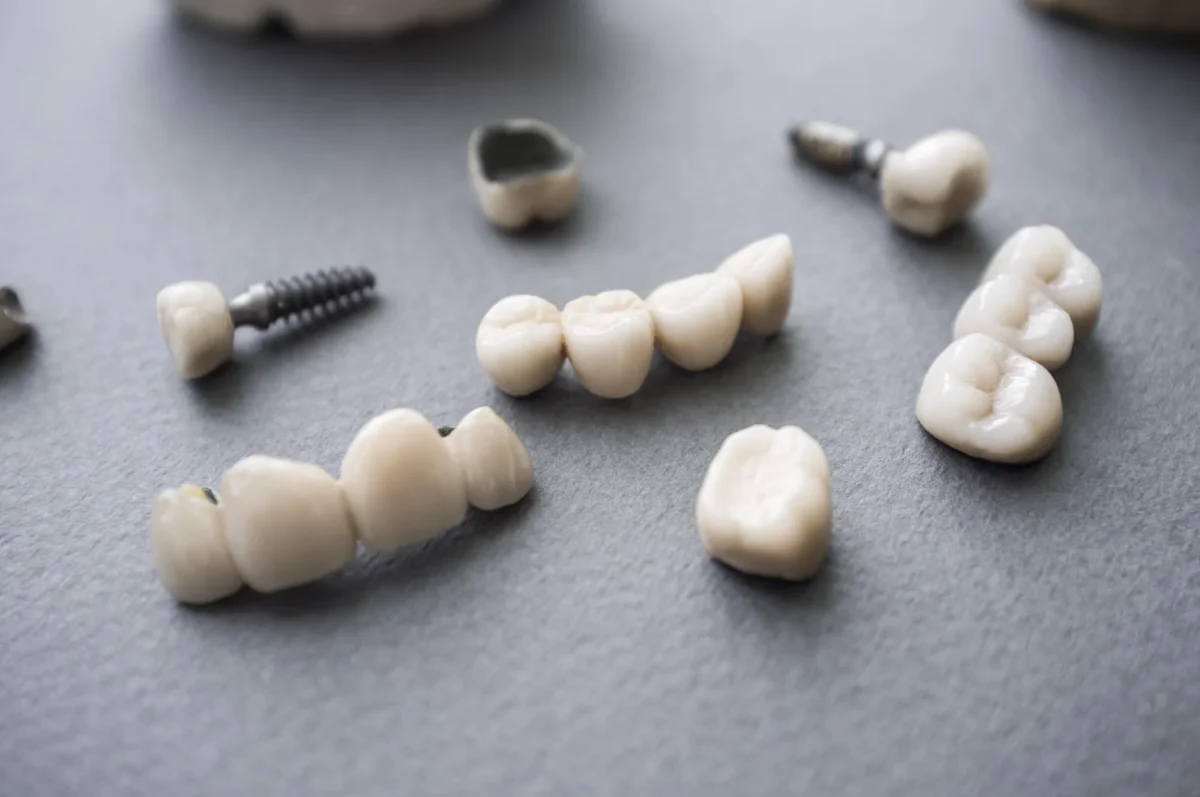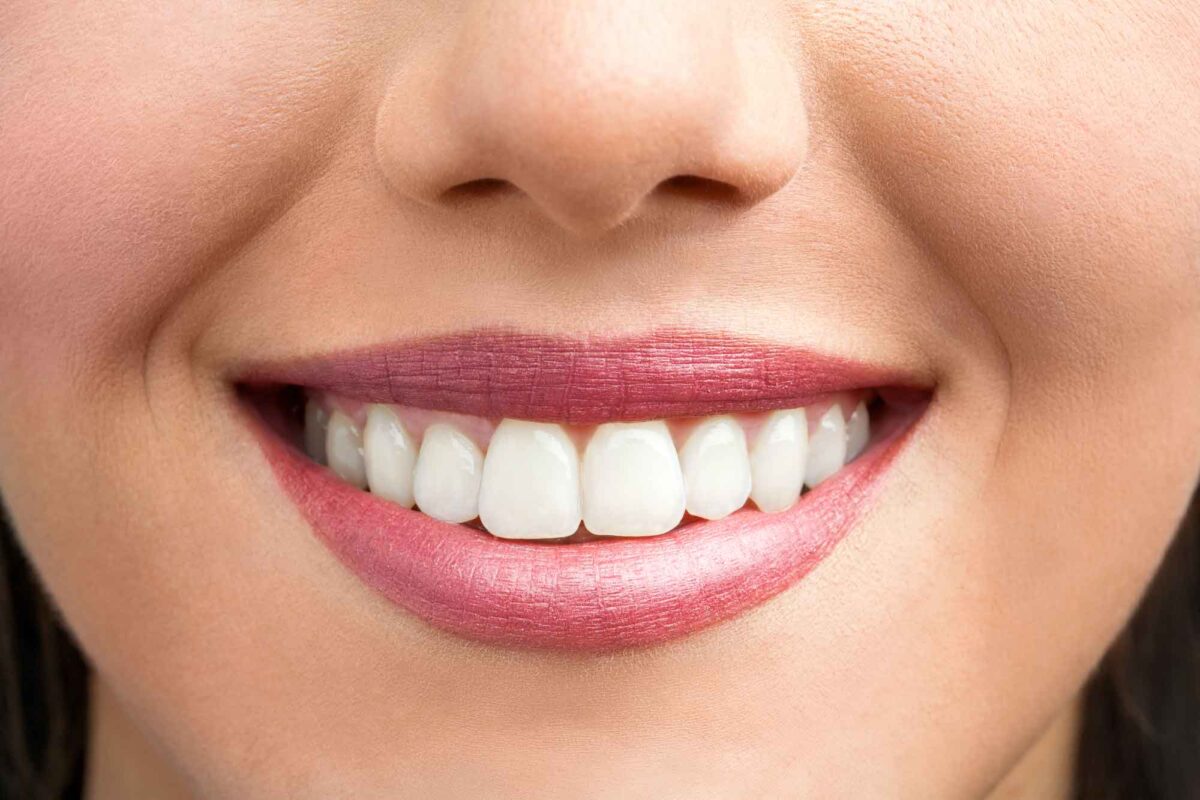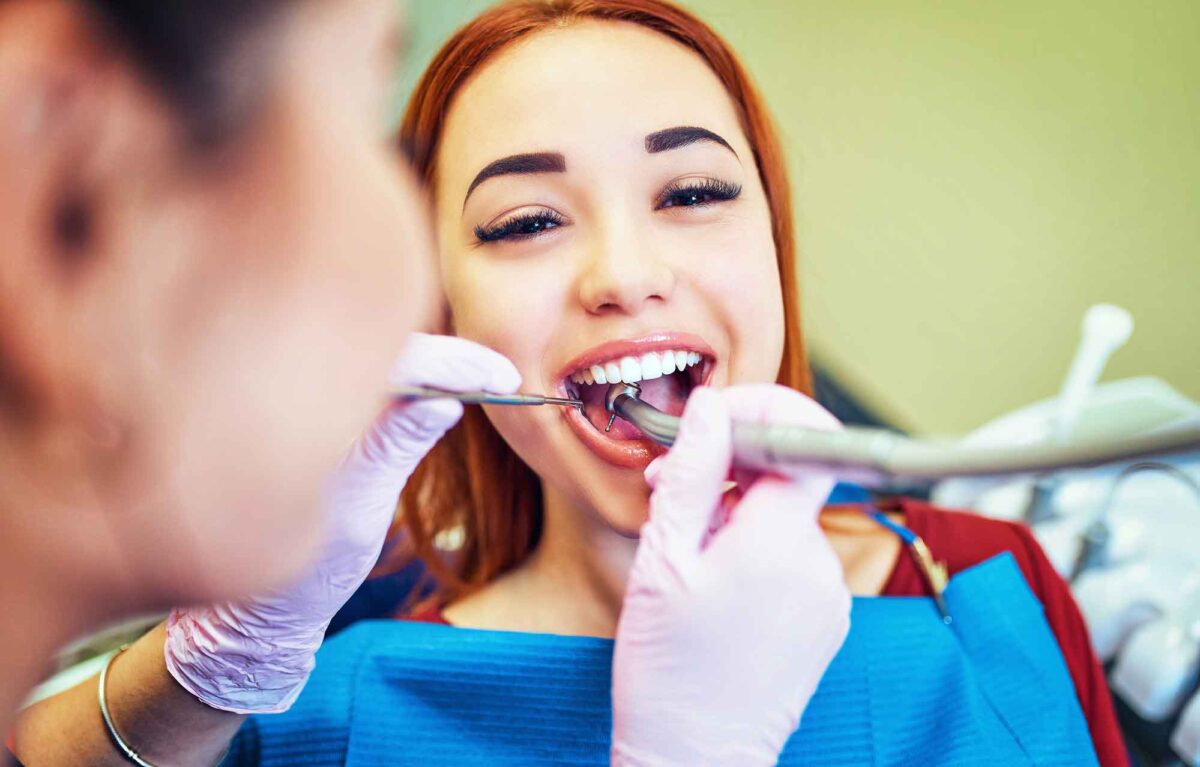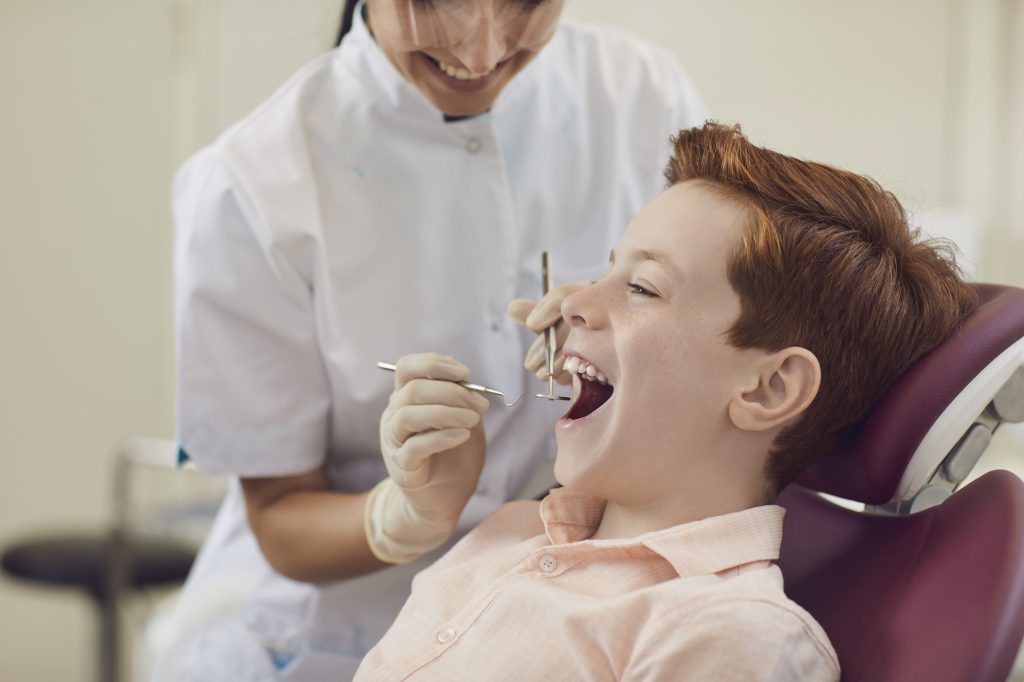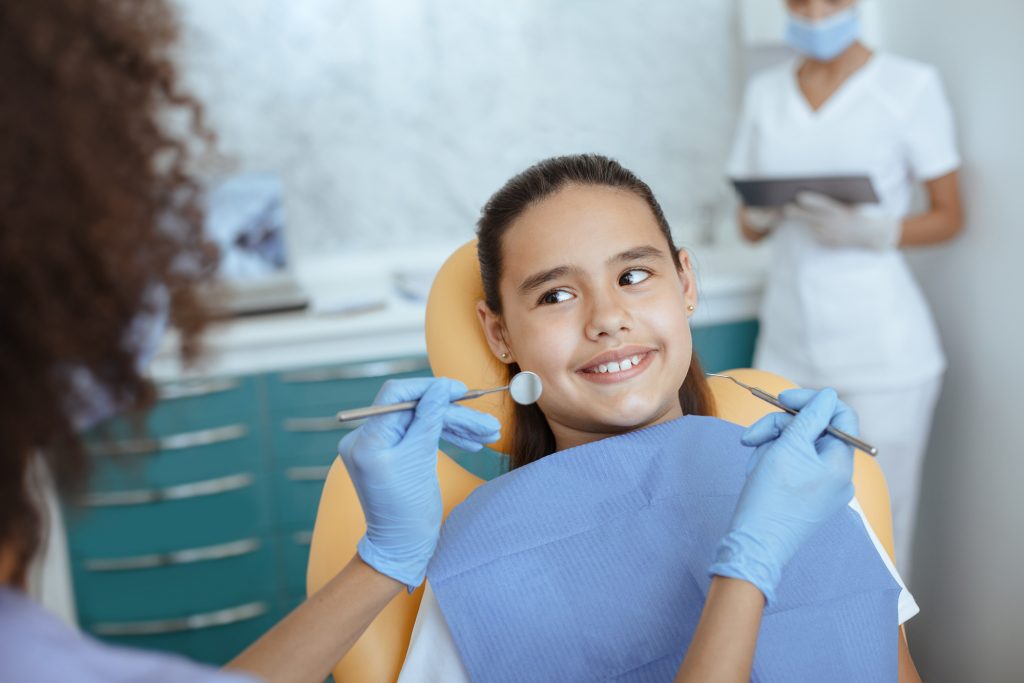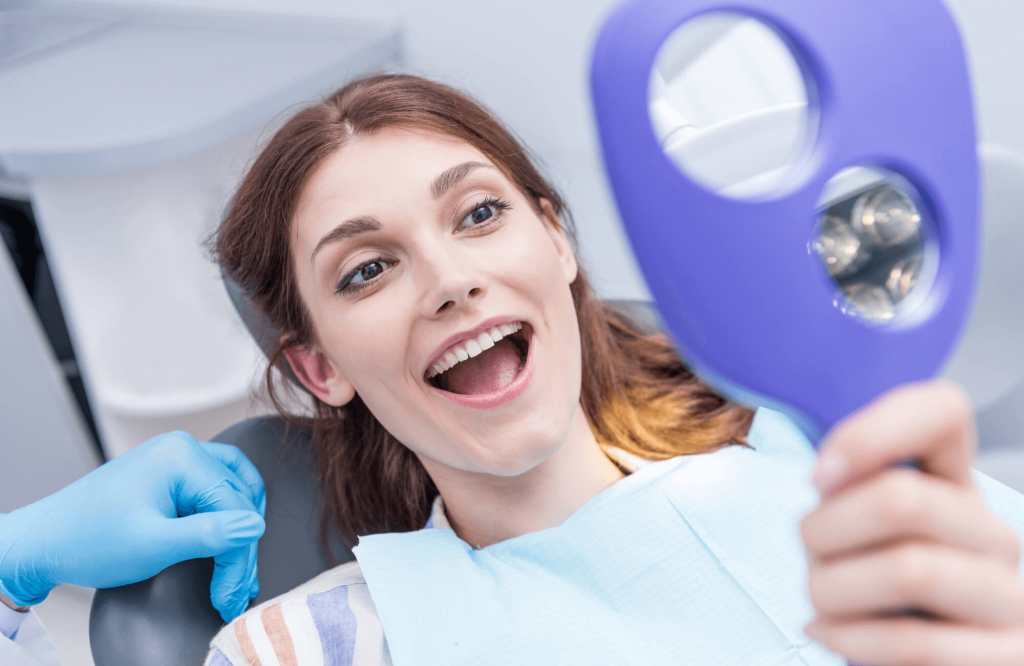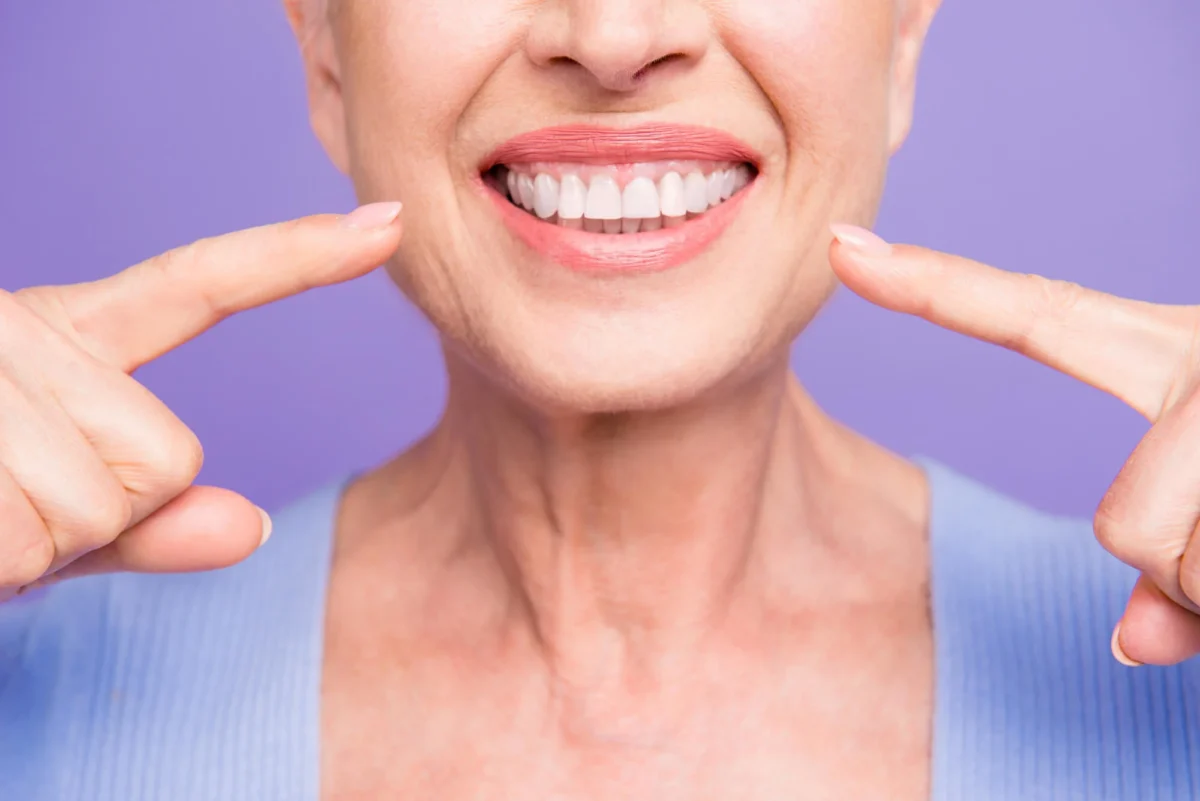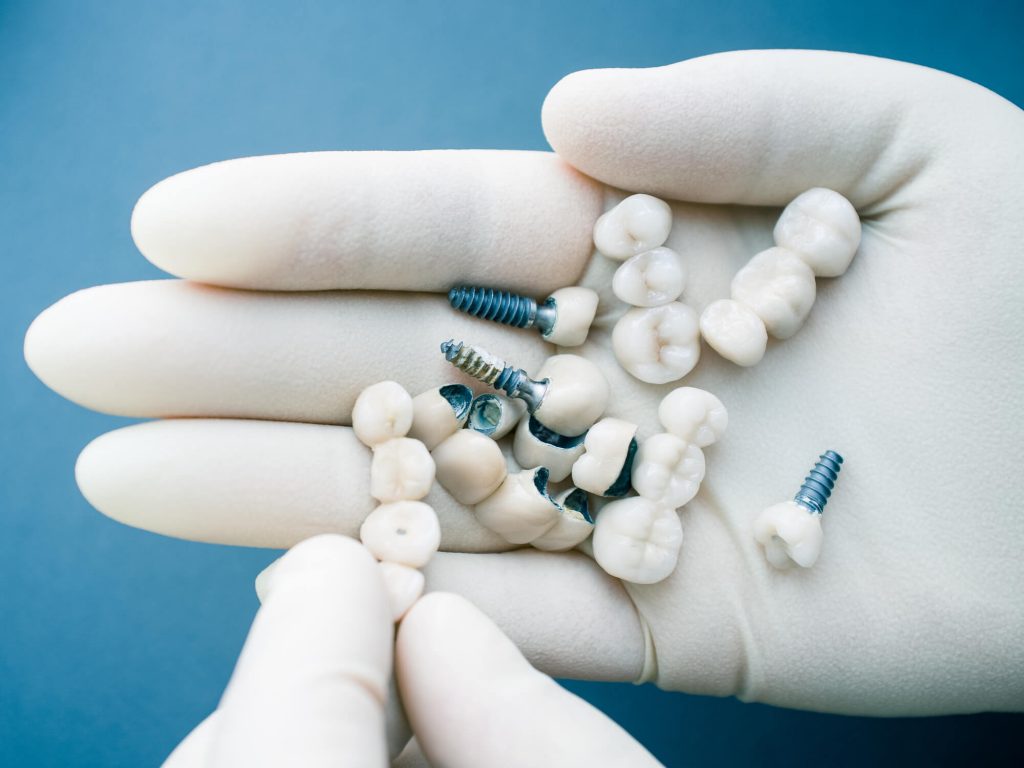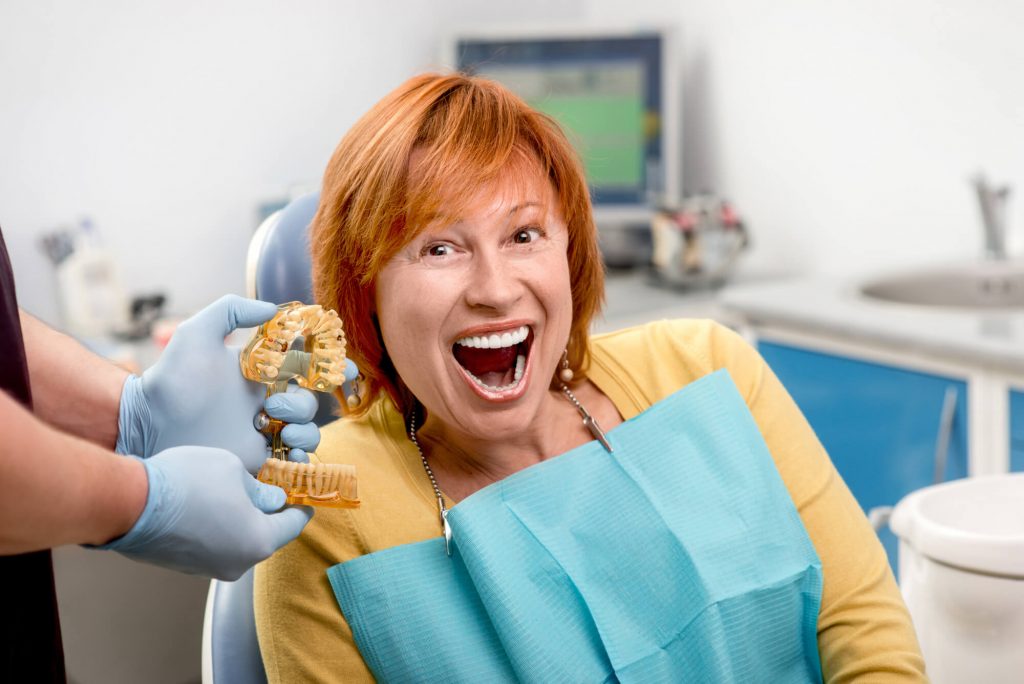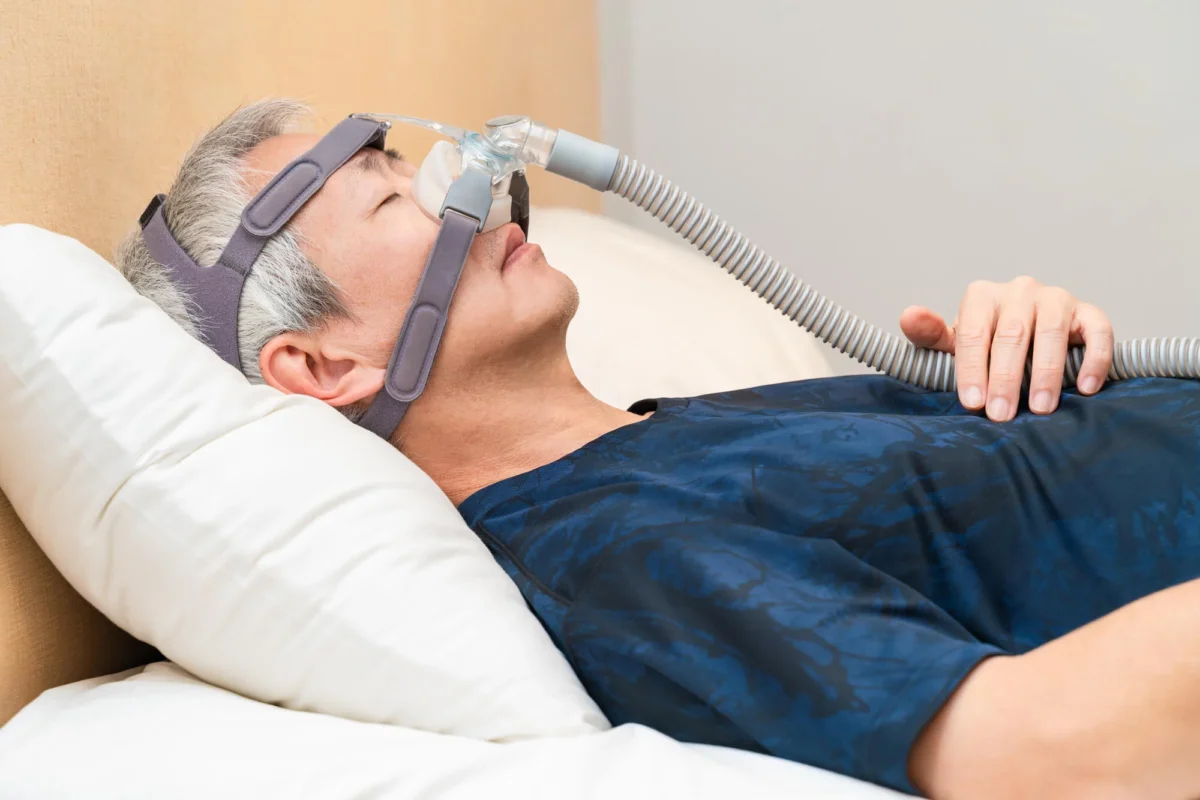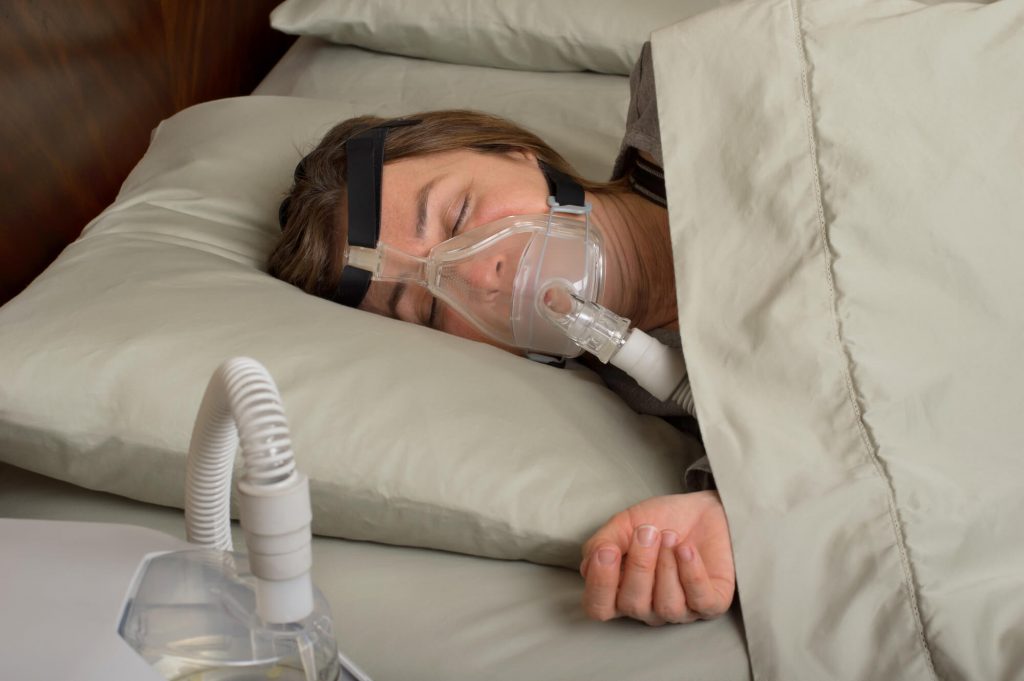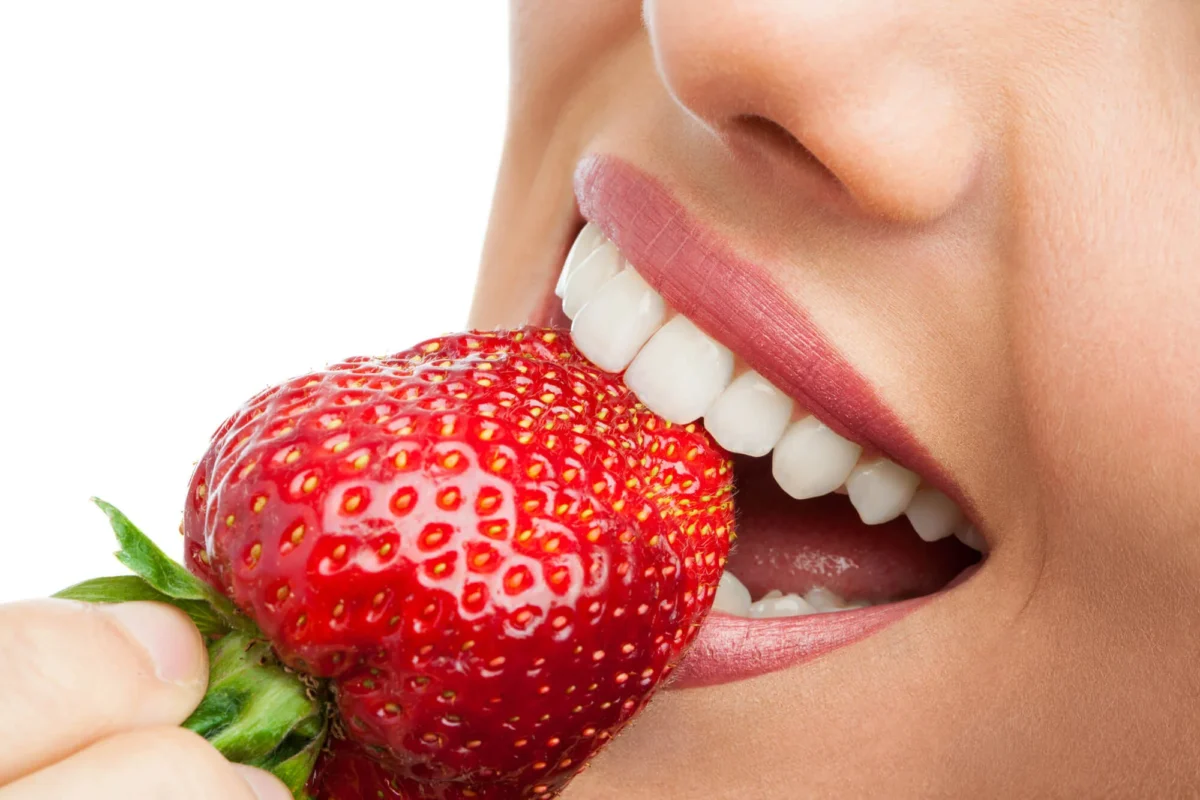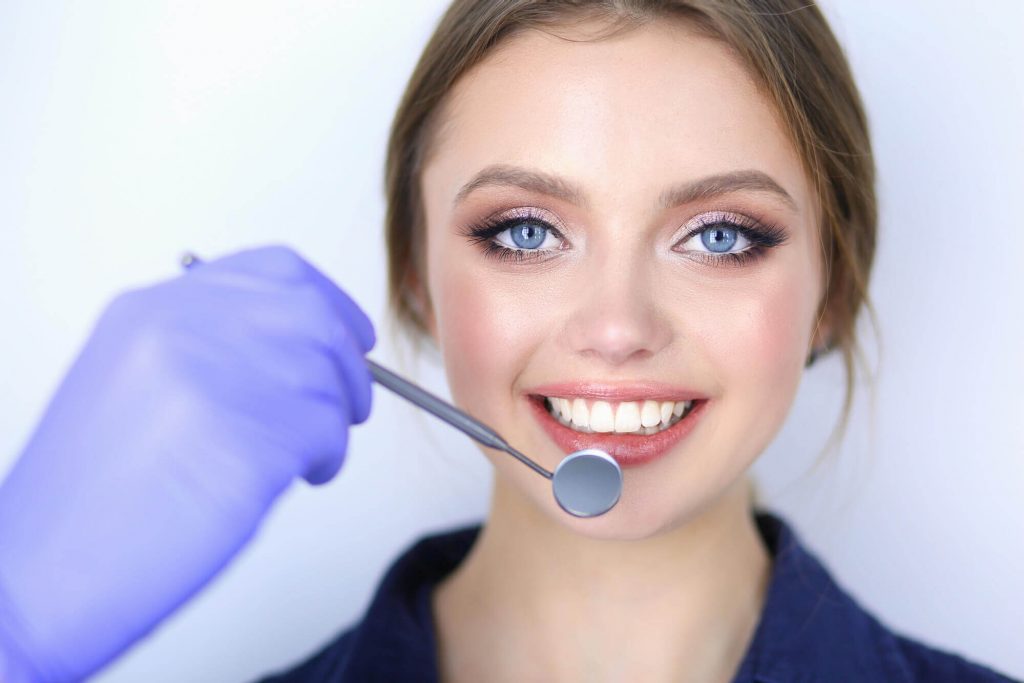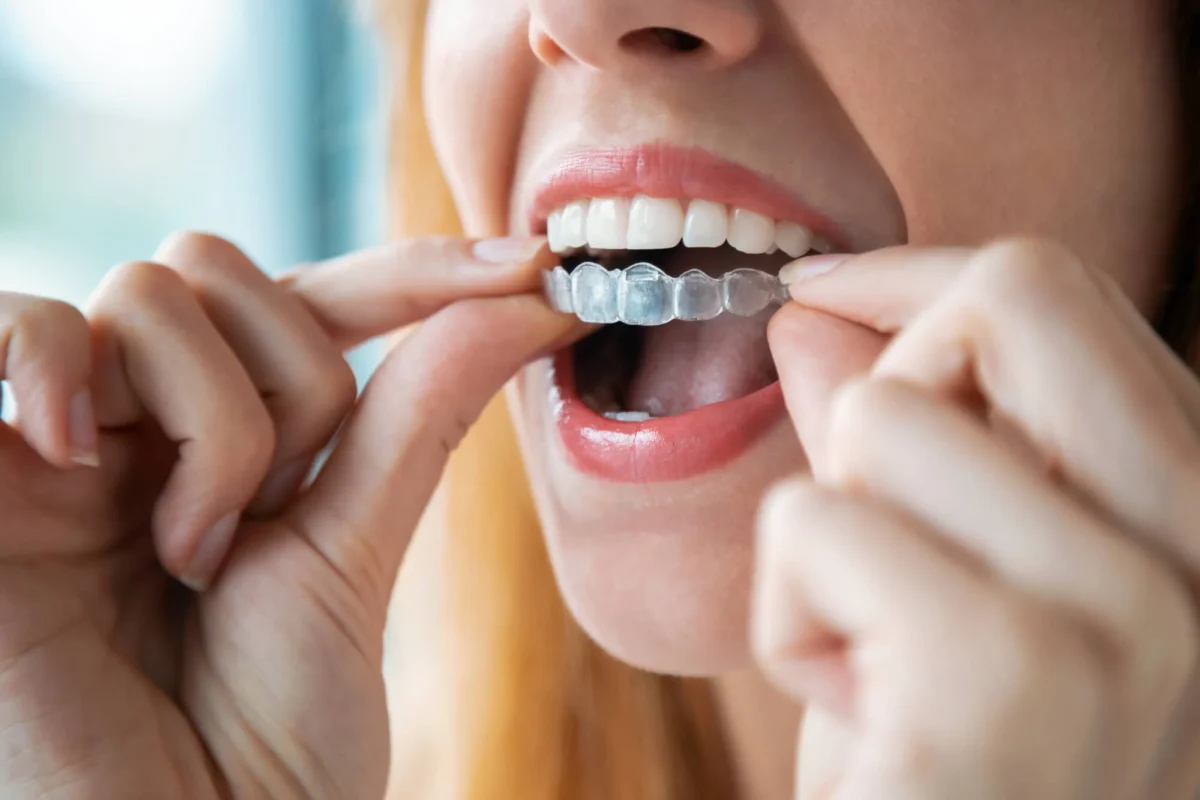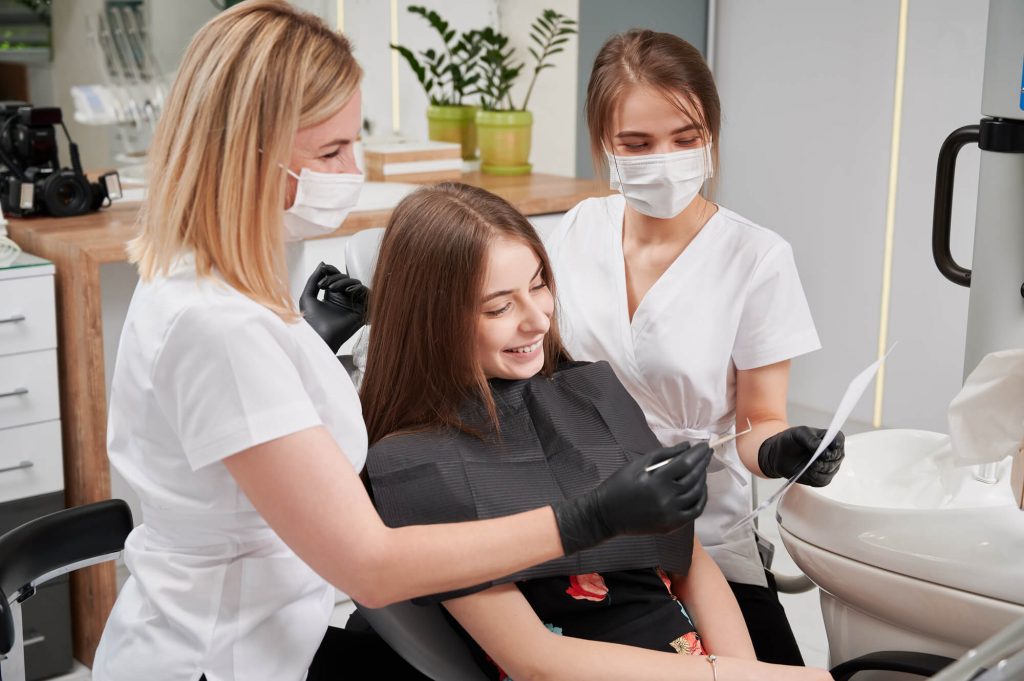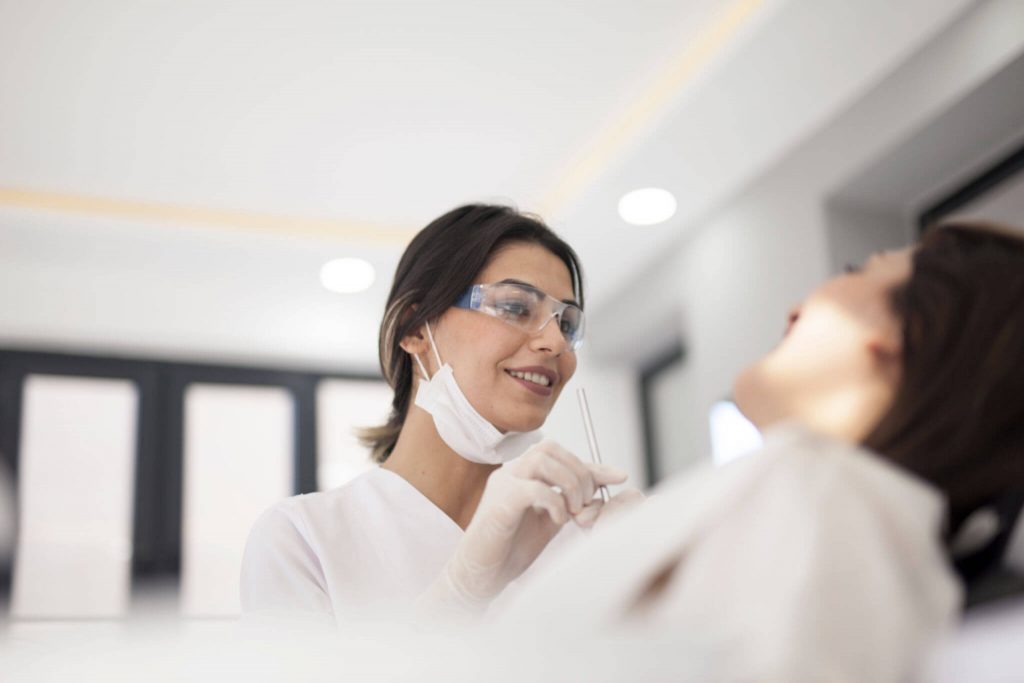Dental Crown Myths Debunked: Separating Fact from Fiction
A prosthodontist in Las Vegas is a godsend to patients with broken, decayed, or damaged teeth. These dental professionals use dental crowns and other restorative solutions to give them a healthy and beautiful smile. Although crowns are gaining popularity, myths surrounding this treatment remain. We’re here to set the record straight to help you make an informed decision.
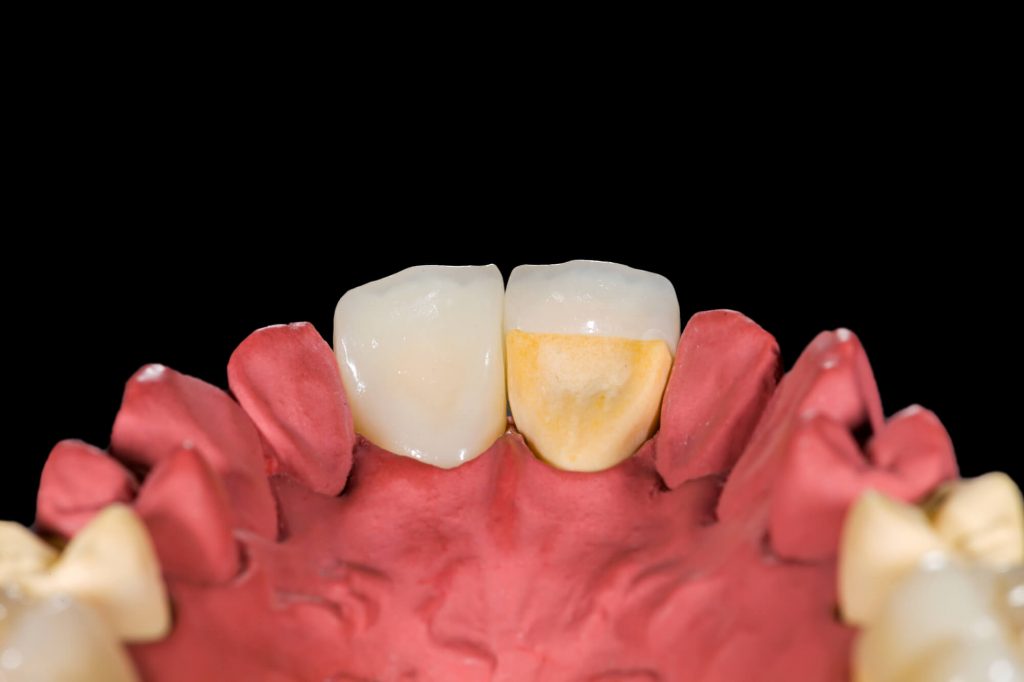
Dental Crowns: Myths vs. Facts
MYTH #1: “They’re only used for dental implants.”
Although prosthodontists place dental crowns over implants to replace missing teeth, they also use crowns to strengthen and protect severely damaged teeth and teeth that underwent a root canal procedure.
MYTH #2: “You won’t get cavities when you have them.”
Contrary to popular belief, dental crowns won’t protect you from cavities if they’re placed over natural teeth. A cavity can still develop underneath the crown. For this reason, it’s best to maintain an excellent oral hygiene routine at home and schedule regular visits to the dentist at least twice a year for a professional dental cleaning and checkup.
MYTH #3: “They’ll never feel like real teeth.”
A dental crown will feel like a natural, healthy tooth. Besides eliminating the pain and discomfort each time you bite down on it, your custom-made crown will protect it from more damage down the road.
MYTH #4: “They’ll look fake.”
If you think dental crowns won’t look like your natural teeth, think again. Thanks to porcelain’s translucent nature and the impressions used in fabricating your dental crowns, your crowns will look and function like your natural teeth. In other words, they won’t stick out when you smile.
Natural-looking dental crowns match the color shade of natural teeth. Made in optimal size and shape, they are indistinguishable from healthy teeth. These crowns are made from ceramic materials like porcelain, zirconia, or lithium disilicate (E-Max), which mimic the translucency and light reflection properties of natural tooth enamel. Ceramic crowns offer excellent color matching and are primarily used for front visible teeth where aesthetics matter most, though newer options like zirconia provide both natural appearance and increased durability.
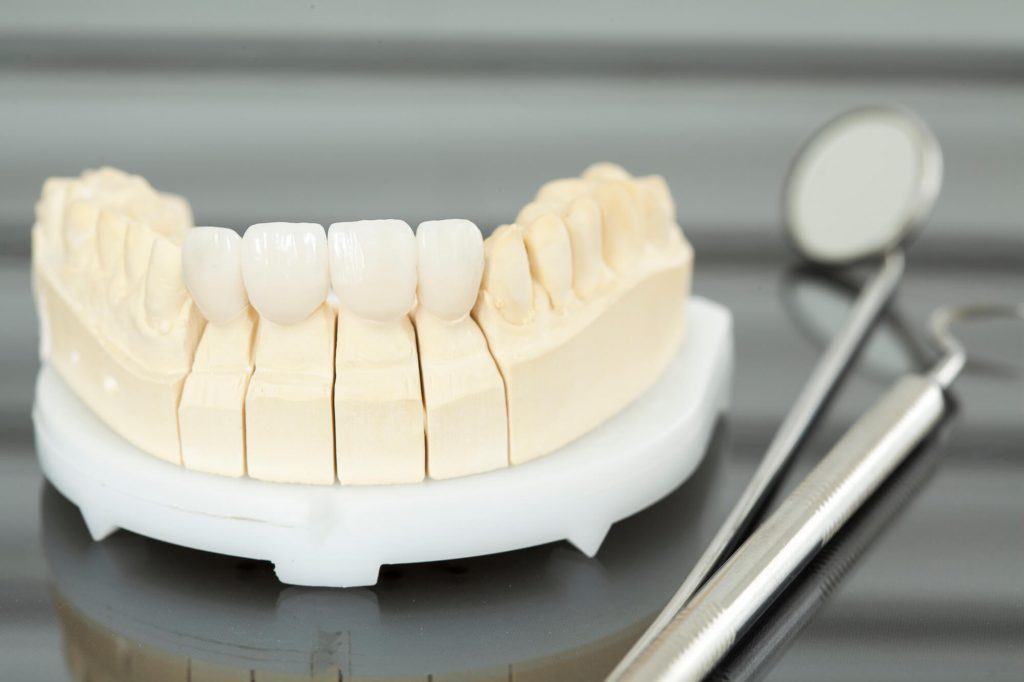
MYTH #5: “Those who need a crown don’t take care of their teeth.”
Someone with impeccable oral hygiene habits may still require a dental crown if they cracked or broke a tooth in a car crash or while playing sports. Whether you accidentally broke your tooth while biting down on something hard or dealing with a severely decayed tooth, a dental crown can preserve its structural integrity and protect it from further damage.
MYTH #6: “Getting a filling is better than getting a crown.”
You may not need a crown if you get a filling before the problematic tooth suffers severe decay. However, if the damage has gone past the point where a filling is an ideal solution, your prosthodontist will recommend a crown.
Besides prolonging the inevitable need for a dental crown, using a dental filling to treat a severely decayed tooth will increase your risk of losing more of the tooth.
MYTH #7: “You don’t have to it to treat a broken or decayed tooth right away.”
It’s always best to ensure prompt treatment for tooth decay. Those who don’t get a dental crown right after it’s prescribed are likely to lose much of their broken or decayed tooth. Moreover, leaving damaged teeth untreated will eventually require more expensive dental procedures.
MYTH #8: “They can’t change color.”
A dental crown may change color depending on the materials used to make it. For example, porcelain-fused-to-metal peaks can turn grayish over time because of their metal. While zirconia and porcelain crowns are more resistant to stains, lifestyle habits such as smoking and coffee drinking can leave unsightly stains on their surface.
Moreover, an older crown may look worn out with age if it wasn’t created from the same high-quality materials used today.
MYTH #9: “They respond to teeth whitening treatments.”
Since crowns are made of inorganic materials that don’t respond to bleaching agents, you can’t whiten them the same way you whiten natural teeth. For this reason, it’s best to get your teeth professionally whitened before receiving your dental crowns.
Practicing good oral hygiene and getting professional dental cleanings every six months will keep your natural teeth and crowns white, bright, and stain-free.
MYTH #10: “They involve an excruciating procedure.”
One of the top reasons why patients don’t receive the care they need is the fear of pain. If you’re one of the countless others who struggle with the fear of pain, be glad to know that you can trust your prosthodontist to ensure your comfort and safety while you sit in the dental chair.
Getting a dental crown should involve a virtually painless process from your first visit to the last.
MYTH #11: “They’re ideal for fixing cosmetic issues.”
Dental crowns are typically the best choice for a tooth that suffers extensive damage, has a large filling, or has undergone a root canal procedure. If you’re looking to address a purely cosmetic issue, you’ll want to use porcelain veneers instead of dental crowns.
After tooth extraction, bone resorption of the jaw is almost inevitable. Most bone loss occurs during the first six months, with the alveolar bone losing up to 50% of its width within the first year. Resorption happens because without tooth roots, the jawbone no longer receives stimulation needed to maintain bone density. This process occurs as the body no longer considers rebuilding this tissue a priority. Prevention methods include bone grafting during extraction, dental implants to replace missing teeth, maintaining excellent oral hygiene, and avoiding tobacco products. Bone grafts add material to extraction sites, preserving jawbone structure.
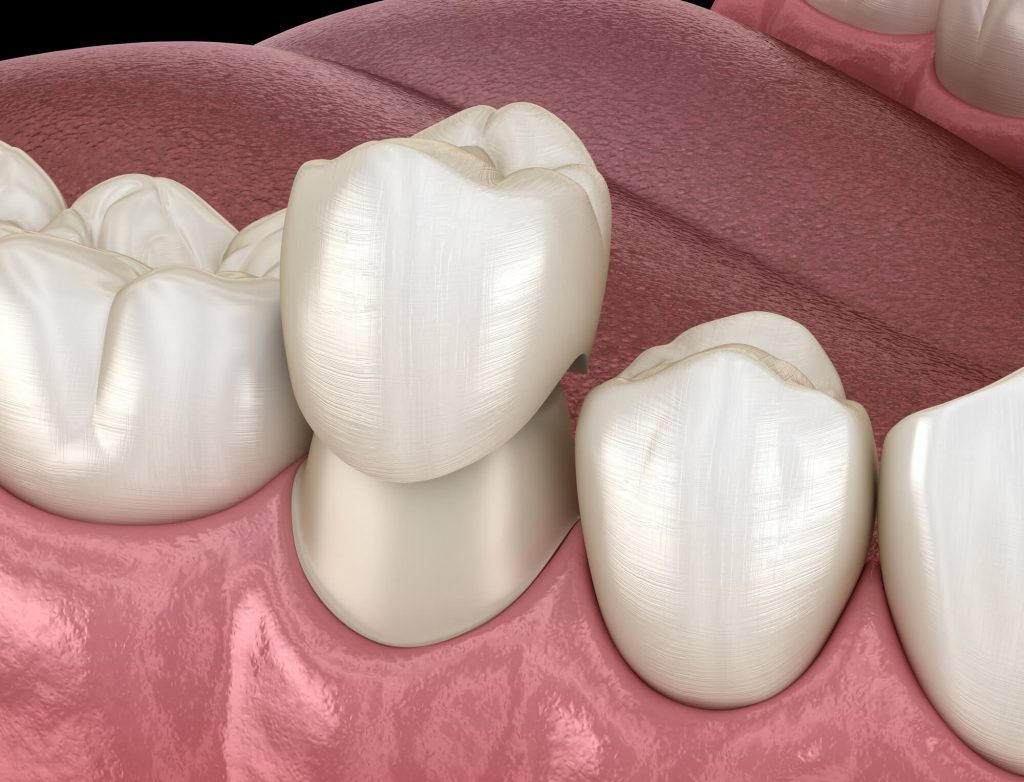
Do You Need to See a Prosthodontist in Las Vegas?
You don’t have to live with cracked, broken, or decayed teeth. If you’re looking to restore their look, feel, and function, you should consider getting dental crowns. The warmhearted and dedicated team of experts at Dee for Dentist offers safe and comfortable dentistry for patients of all ages. Get in touch with us today to make an appointment!
